The Social Media Strategy Guide



You have a lot of choices when it comes to defining a social media strategy.

First, I want to get rid of some misconceptions about social media marketing, and what it means to create a social media strategy.
Social media marketing is not easy. Often, it requires an entire team to manage a single social media channel.
Being good at social media is not the same as being good at social media marketing. Many social media influencers with thousands of followers struggle to make money.
Going viral, the number of followers likes, and retweets are vanity metrics. Many businesses are incredibly successful at social media marketing without ever going viral or gathering a massive following.
In reality, social media marketing is the process of strategically using social channels to generate meaningful and measurable impact for a business.
You should use social media because it’s a strategic channel you can use to grow any business.
This guide is designed to teach you exactly how to do that.

Do you know why most companies fail at social media?
Because when you look at most companies’ social media presence, you can’t help but think:
“Just another company’s social media account.”
Most of them follow the same pattern:

Ouch.
To be successful in social media marketing, you need to avoid becoming just another “company on social media.”
Companies who do great in social media marketing use social media as it was intended and strive to have one of the best accounts in each channel—period.
The best companies on Twitter start and engage in interesting or funny conversations with their followers (and even other brands).
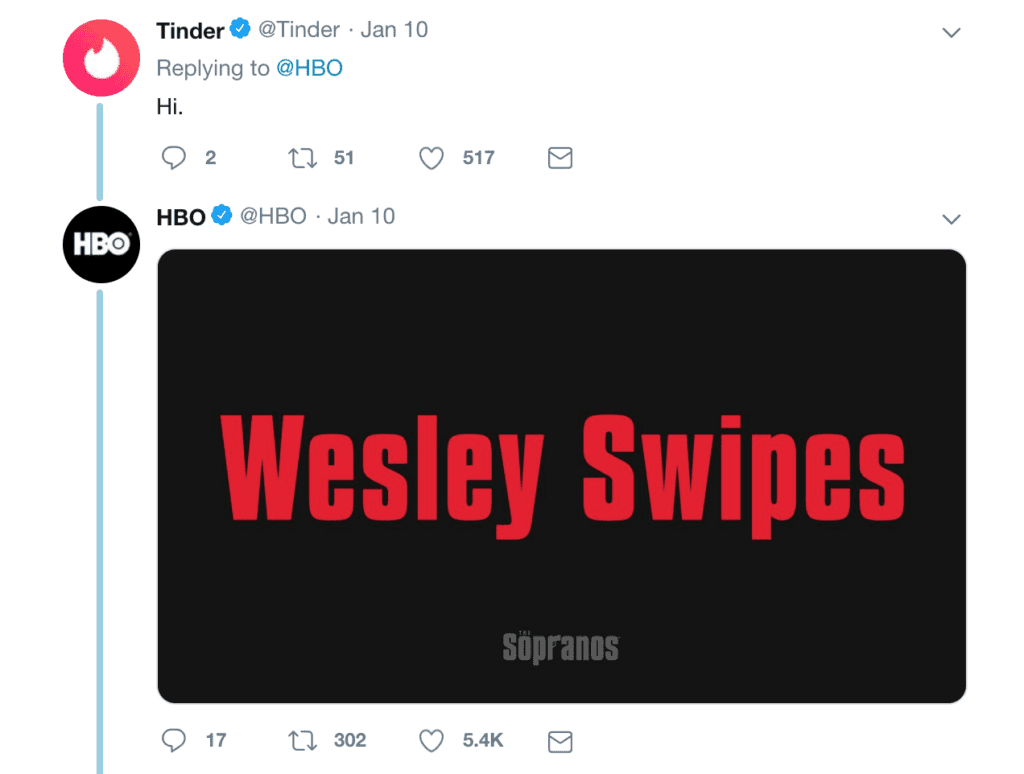
The best companies on Instagram publish content that inspires and excites their followers.

You get the point.
To create a world-class social media strategy, you need to follow a simple framework:
Let’s go over each of these next.
If you plan on becoming a social media marketer, you need to do more than just come up with content to post.
A comprehensive social media marketing strategy covers three components: Monitoring, engagement, and conversion. If you have no idea what’s going on and need to wrap your head around your social media strategy, take our free audit first.
But for those of you ready to dive in, let’s start with monitoring.
Regardless of whether you decide to participate in social media, people are going to talk about you using their social accounts.
In some cases, users will talk about how much they love your products—which you can use to your advantage and build some social proof around your brand.
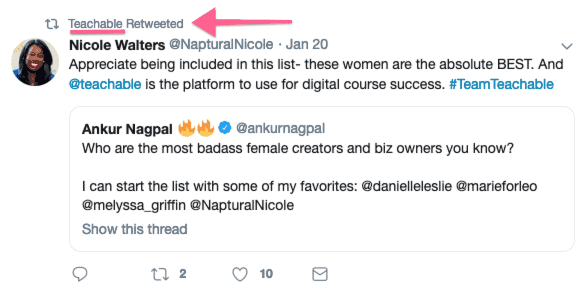
Potential customers will have questions about your product or service—you can address these and remove objections to purchasing.
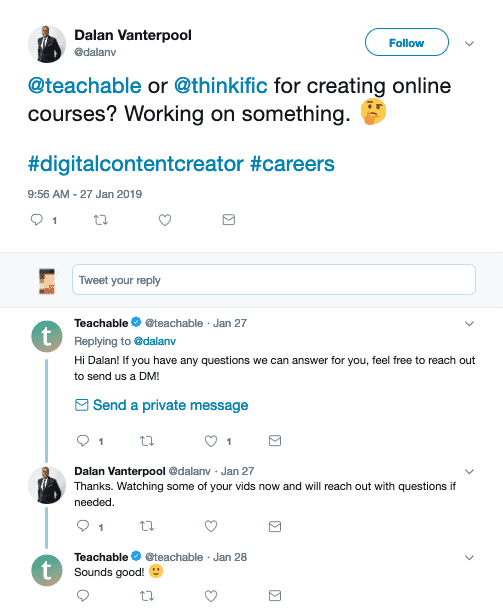
Other times, users will have questions, complaints, support requests, or simply feedback—replying to these in a timely manner will help you keep a high level of satisfaction with your product or service.
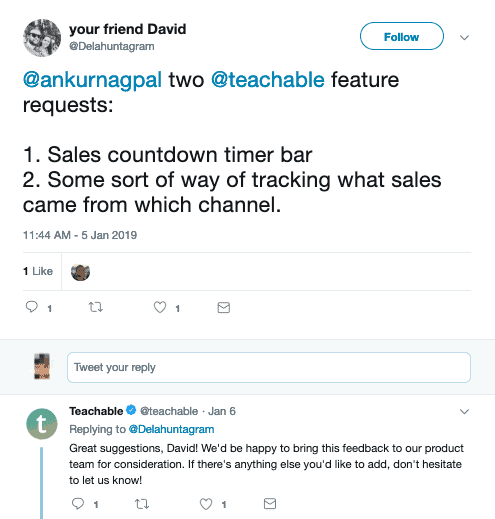
All of these conversations will happen whether you’re present or not—unless you have a monitoring strategy in place, they will happen without you.
Your goal with social media monitoring is to address all mentions of your brand or related terms (e.g. specific products) in a way that people talking about your brand feel listened to and cared for.
To get started with monitoring, you need to:
Use these resources to get started:
The next component of social media marketing is engagement.
This is the most straightforward use of social media, but also the one that most companies get wrong.
You’ll use social media channels to build an audience by sharing interesting and relevant content.
This doesn’t mean continually broadcasting how awesome your product is.
No one wants that.

Social media engagement is deeply connected to your content marketing strategy.
Instead of thinking like an advertiser (just pushing your product), you need to think like a publisher or media company—that means your engagement goal is to create and share content that people actually enjoy and want to consume.
There is no one-size-fits-all formula for this, and you should ignore anyone claiming to have this cool “trick” or “hack” for creating engaging social media content.
To figure out what works for your company, you’ll need to:

Define the main role of each social media channel within your sales funnel. For example, instead of sharing content about the features on their cameras (middle-of-the-funnel), GoPro uses their Instagram account to inspire their audience with amazing video and photography (top-of-the-funnel).
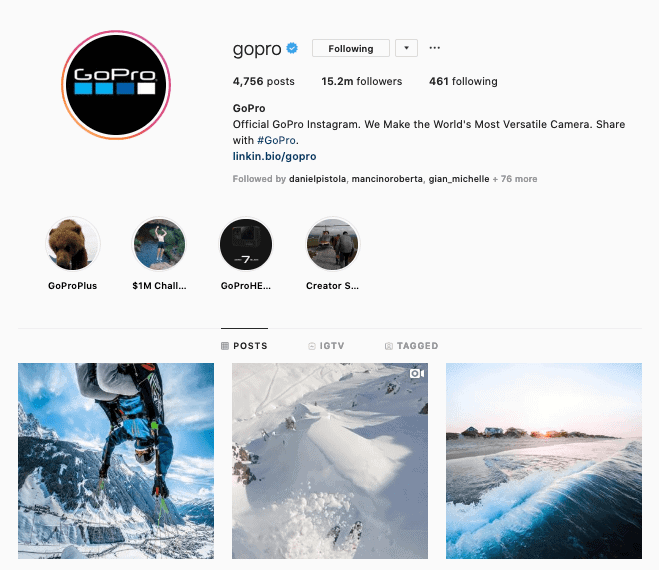
Adapt your message to the social media channels you participate in. For example, Mailchimp adapts their campaign assets to take advantage of the strengths of each channel.
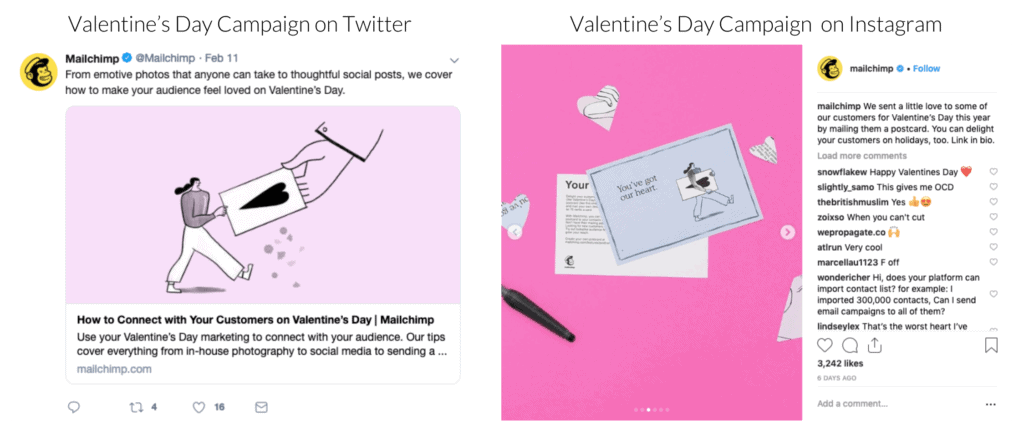
To prepare your engagement strategy, you’ll need to work on your content marketing strategy first.
The last component of your social media marketing strategy is conversion.
This is what differentiates a social media influencer from a social media marketer.
Having thousands or millions of followers on your accounts will not help your business unless you can get a portion of them to become your customers.
Social media is great for building audiences but it has a critical limitation for businesses.
Even though you own a social media profile, your followers are still “owned” by the social channel.
Most social media channels are purposely built to keep users from leaving the platform, that’s why:
That’s why your ultimate goal is to turn your social audience into website visitors, leads, and customers.
You can convert social media audiences via direct or indirect conversions.
Direct conversions are those that happen by directly asking your followers to perform an action that will turn them into leads or customers.
For example, check out a direct conversion flow by Under Armour:

Indirect conversions, on the other hand, consist of simply getting your social audience to visit your website without necessarily asking them to purchase or submit contact information.
Instead, you merely want them to visit so they can become part of your remarketing audience, which will allow you to target them with ads later on.
For example, check out an indirect conversion flow by Airtable:

Remember, conversion is not the only purpose of your social channel and trying too hard to convert your social audience can be detrimental to your entire strategy—you need to balance this with monitoring and engagement, otherwise, you’ll come off as too salesy.
Once you’ve developed a plan for each of the components of your social media strategy, it’s time to pick the channels you’ll use to implement.
This step is about self-control more than anything else.
When you see news articles like this…
When you see news articles like this…

…you need to resist the feeling of FOMO that urges you to create an account for your business in [insert latest trending social media].
New social channels appear all the time and gain millions of users overnight—that doesn’t mean it’s a good idea to jump in.
Instead, you need to be strategic about the selection of the social channels you’ll participate in.
Three simple criteria you can use are:
This is pretty self-explanatory. Make sure the people you want to reach are actually users of the social channel you’re planning to participate in.
For example, Twitter users tend to expect companies to provide some level of support—regardless of whether you plan on supporting people via Twitter or not. If your company plans on participating on Twitter, you need to include monitoring in your channel strategy.
Each social channel has been designed around a “keystone format.”
For example, Instagram is heavy on high-quality photography and video. If you decide to create an Instagram account, you usually can’t just use stock images with text overlays—you will probably need to invest time and resources into producing professional-looking content.
Moreover, different channels have different consumption behaviors: Active vs. passive.
Active channels are those in which the users have “intent”. They know what they want to see and actively search for it—this is usually the case for Pinterest and YouTube.
For active channels, you can create content, optimize it for the channel’s search engine and get views and engagement for it over time.
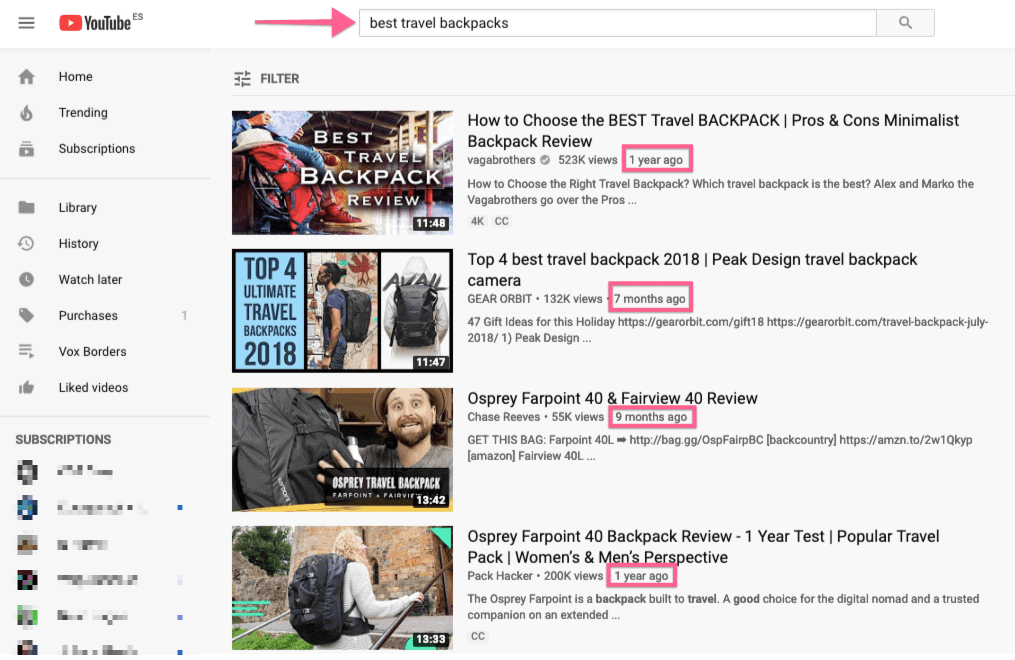
This means that you don’t necessarily need to continuously publish new content—you might create it once and continue getting views, engagement, and conversions for years to come.
However, this doesn’t mean inactive channels are any easier. You’ll need to invest a considerable amount of time in optimizing and getting your content to be at the top of those searches.
Passive channels, on the other hand, are those in which the users don’t have a specific intent—they are just browsing.
For example, Instagram, Facebook, and Twitter are mostly inactive channels.
To participate in inactive channels, you’ll need to constantly push new content to people’s feeds in order to continue getting views, engagement, and conversions.
Creating content for passive channels requires you to always stay on top of the relevant conversations happening in the social channel and being able to keep a never-ending content calendar going.
Selecting channels requires you to understand each channel. To make this easier for you, we’ve created a cheat sheet for the most popular social channels.
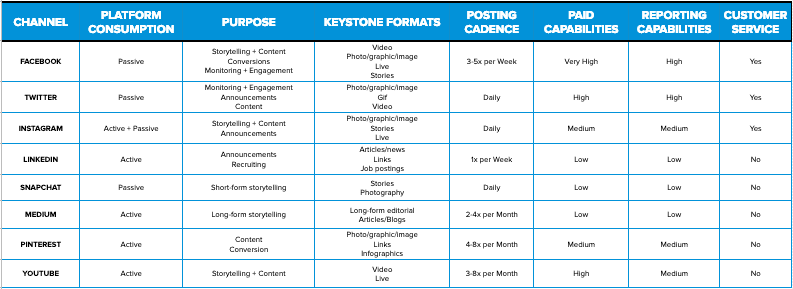
Just click here to get the cheat sheet.
I’ve mentioned this several times in this guide already, but it’s important I say it again.
Forget about the “text + image + hashtag + link” combo.
It. Just. Doesn’t. Work.
There is no “secret formula” that any company can use to create great social media content.
If you want your audience to like, share, and talk about your content, you need to understand how a 21st-century user consumes content online.
Fortunately, you’re one of them.
When was the last time you watched an entire Instagram video without scrolling away? Do you check your phone while you’re watching Netflix?
You get the point.
Online audience’s attention spans are shorter than ever and there’s no shortage of competition for their attention.
Creating world-class social media content is no different to creating a world-class content marketing strategy, you need to:
Use these resources to get started:
Let’s recap what you’ve accomplished so far with your social media marketing strategy:
Now, you only have one step to go—but it’s a big one:
There are three main methods of distribution: Owned, paid, and earned.The owned distribution consists of sending your content to your existing audience.
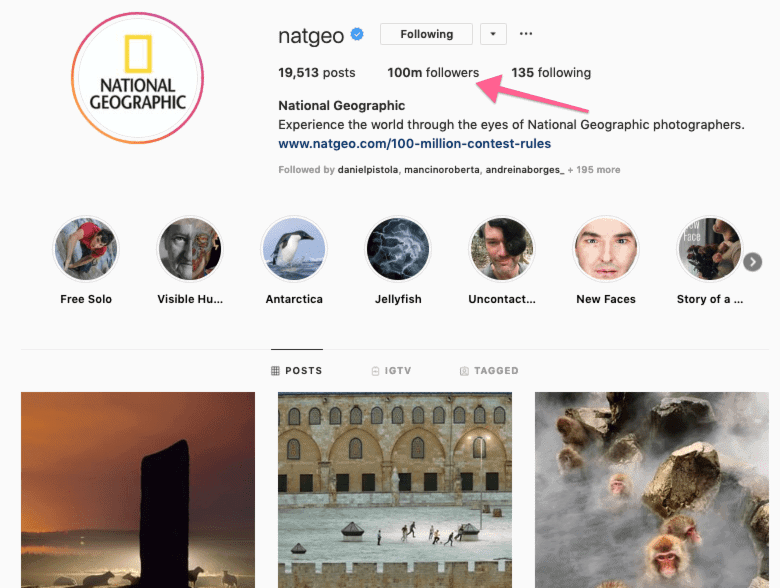
Unless you have a large existing follower base, you can’t rely solely on owned distribution.
Paid distribution is exactly what it sounds like—you pay to get your content in front of your target audience.
For example, you could leverage a social channel’s advertising platform.

Or you could pay someone who already has an audience that matches your target to promote your message.

To dive deeper into paid distribution, check out the Digital Advertising Strategy Guide.
Lastly, earned distribution consists of getting other people to share your content (without the need for payment).
The first step to doing this is creating content that’s so good people want to share it—which we covered in the previous section of this guide (“Creating World-Class Social Media Content”).
After you’ve done that, you have to nudge people to share.
For example, you can reach out to influencers you mentioned in your content to let them know they’ve been included—some of them might share it with their own audience.
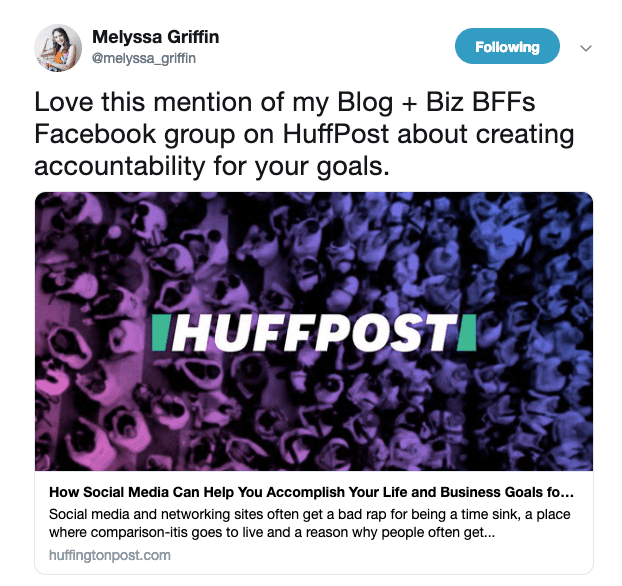
You can include social sharing buttons in your content.
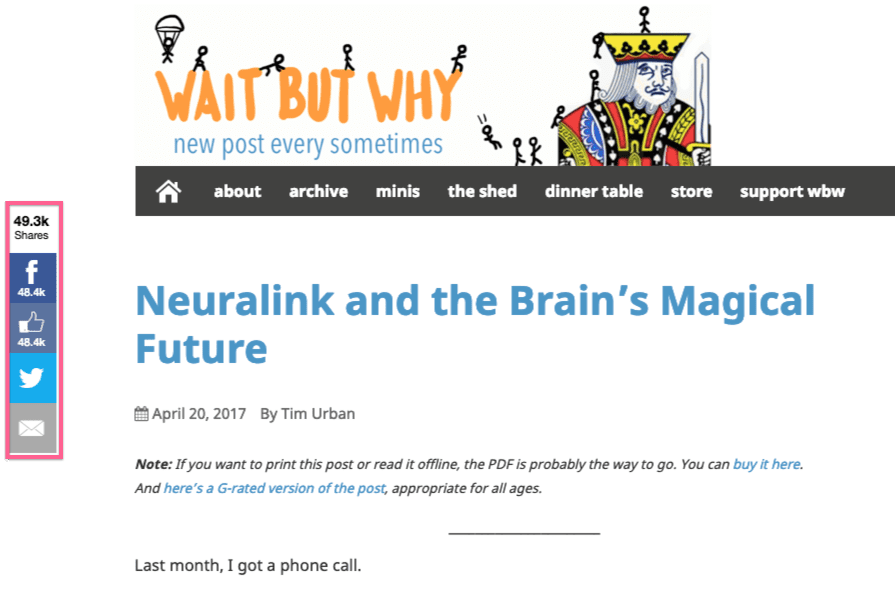
Or you can directly ask audiences to share with their own network.
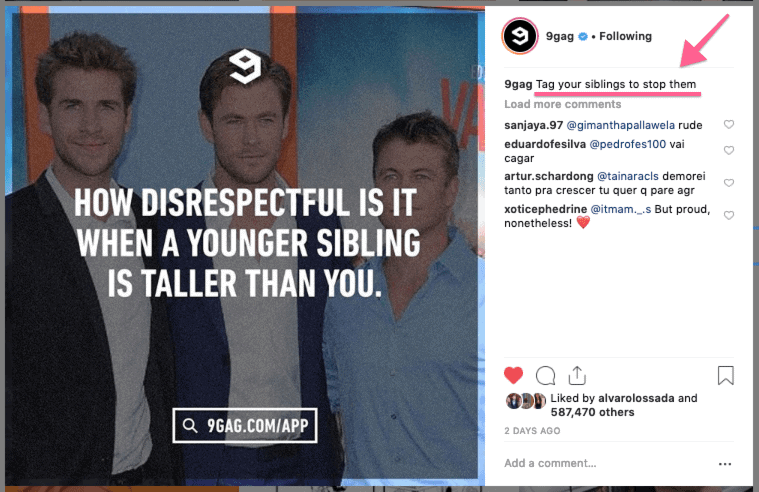
A comprehensive social media marketing strategy should cover owned, paid, and earned distribution.

Social media is one of the hardest channels to track and measure the impact of.
It’s very easy to get this wrong.
It’s not for the lack of metrics or things to track.
It’s because:
Avinash Kaushik, a web analytics expert, proposes a simple framework you can use to avoid these problems.
Applause rate is a proxy for how successful is your social media content at generating a reaction from your audience.The applause rate can be calculated as the total number of likes, favorites, upvotes, reactions, or similar actions over a period of time, divided by the size of your audience.
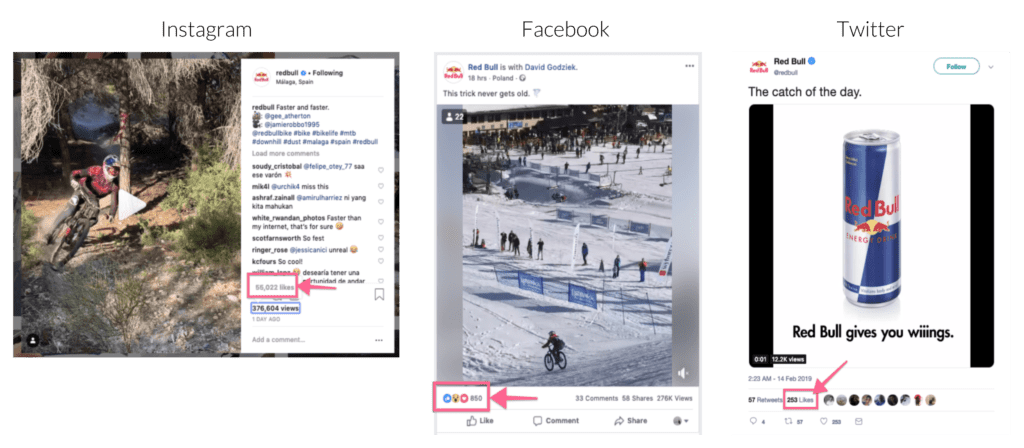
For example:
Facebook Page applause rate = (Total number of reactions on your Facebook Posts) / (Number of fans of your Facebook page).
An increase in your applause rate means that you’re being successful at getting your audience to react to your content.
Amplification rate is a measure of how much your audience is sharing your content with their networks.
The amplification rate can be calculated as the total number of retweets, shares, reposts, repins, or equivalent action over a period of time, divided by the size of your audience.
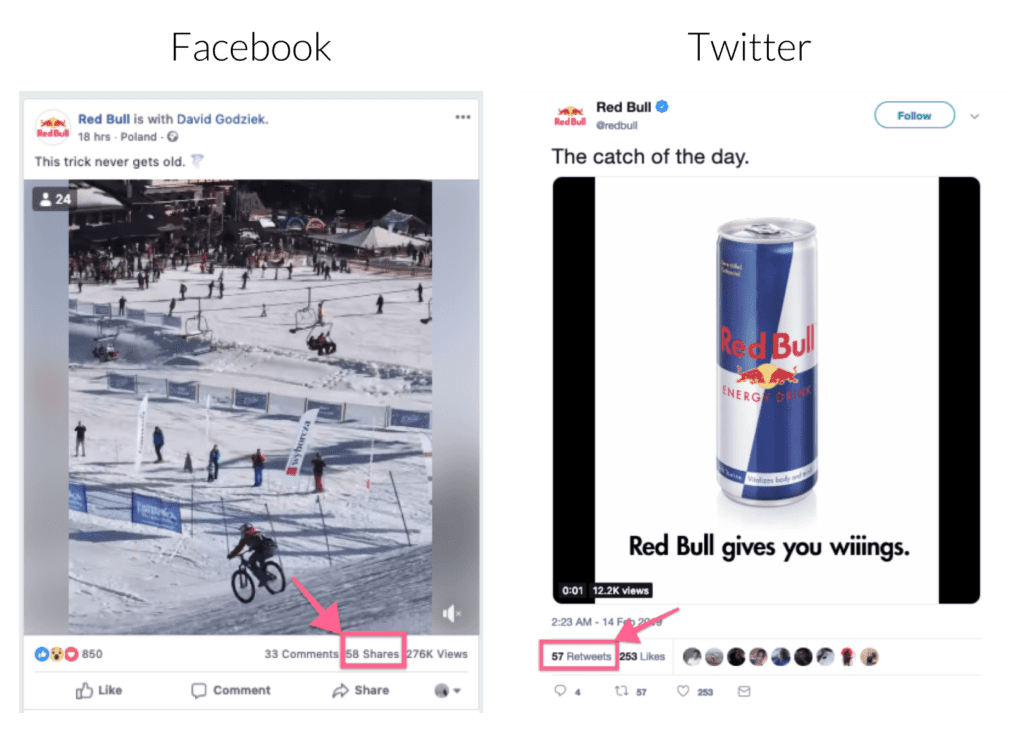
For example:
Twitter amplification rate = (Total number of retweets on your tweets) / (Number of followers of your Twitter account).
This is a great proxy for how much earned distribution you’re getting for your social content.
Conversation rate is a metric that measures how much your audience is responding to your content.
The conversation rate can be calculated as the total number of comments, replies, or equivalent action over a period of time, divided by the size of your audience.
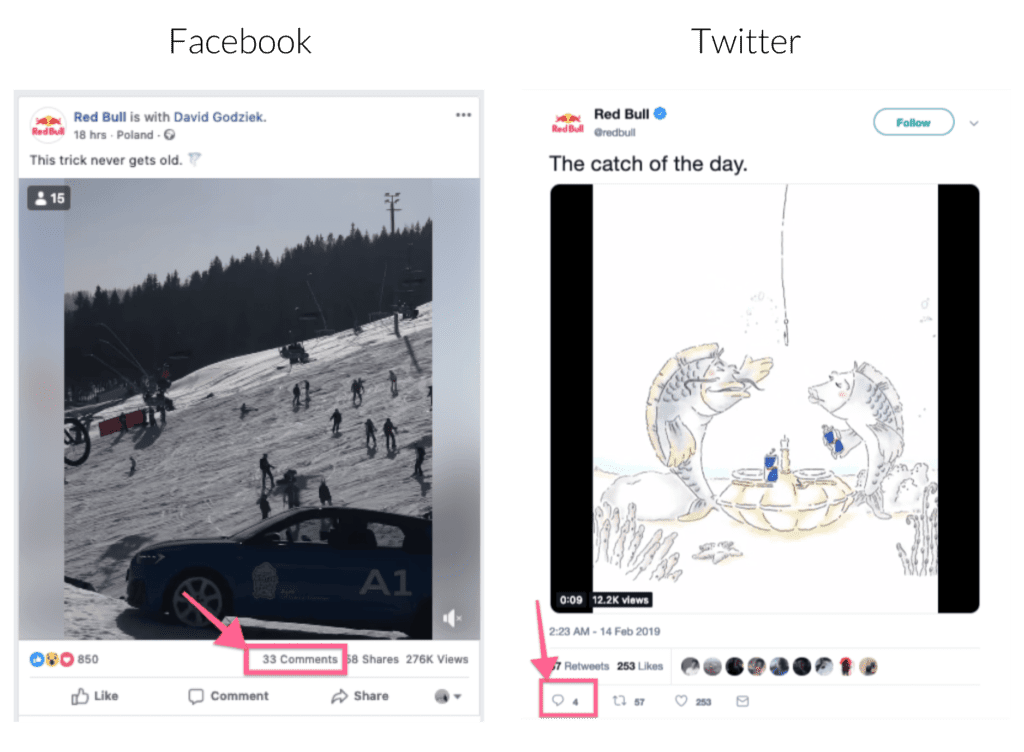
For example:
Instagram post conversation rate = (Total number of comments on your Instagram posts) / (Number of followers of your Instagram account).
A high conversation rate means your audience is providing feedback on your content (either positive or negative). You can leverage social channels with a high conversation rate to interact more closely with your audience.
All of the metrics so far relate to the users’ engagement within social media channels. They are important, but they’re not critical. Business metrics, however, are critical.
As a brief reminder, we do not invest in social media marketing because it’s trendy. We invest in it, only if it has a measurable impact on our business’ bottom line.
You can do this by tracking traffic to your website referred by social media channels.
Here are a couple of examples:
To do this, you can use UTM tracking parameters in the URLs you include in your social media campaigns—these will allow you to track the performance of your campaigns within Google Analytics.
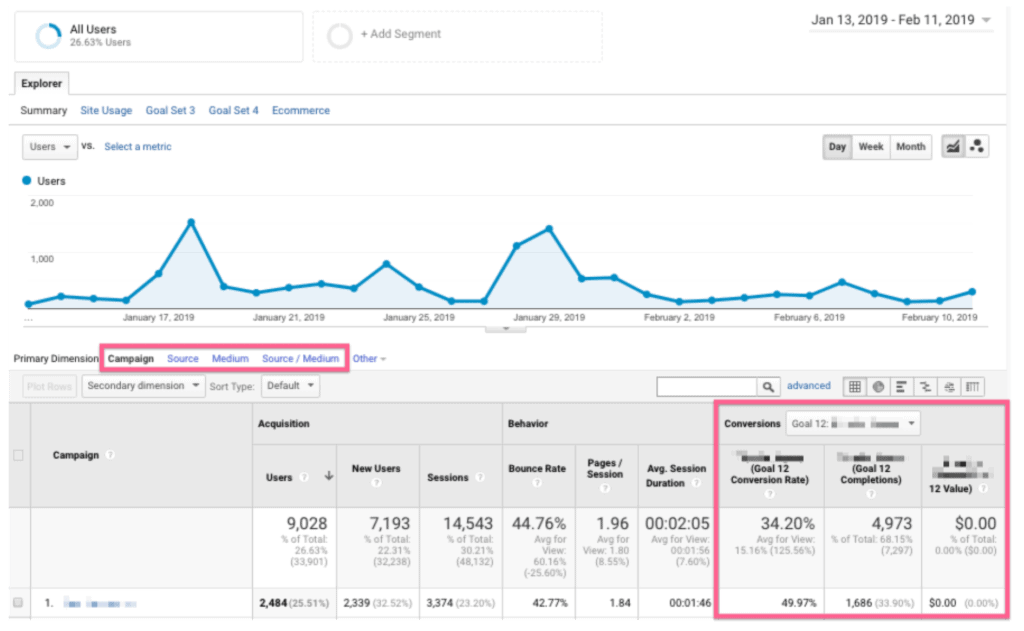
Here are some resources to help you get started:

Sometimes it feels like there’s a new social media tool coming up every day.
If you get too much into following influencers and blogs, you will soon start to feel like you need to have every single one of them.
Don’t let the FOMO get to you.
Especially because some tools will promise to help you dramatically grow your social media presence.
Don’t pay attention to this. Your strategy is much more important than the tools you use, and there isn’t a single tool that will make or break your social strategy.
If you’re getting started, this is our recommended stack of tools:
These tools will make it easy to gather social mentions from many different channels—some will even help you respond to them directly.
These tools will help you create and distribute your social content.
Sumo: Although not exclusively a social media tool. Sumo is a great tool to easily add social sharing buttons to any website—making it easy for your visitors to share your content on social media.
Check out Sumo
Unfortunately, everyone and their mom claims to be a “social media marketing guru” these days – yet many of them are incapable of using social media to grow a business.
We’ve put together a list of people and blogs you can actually trust:
Plus, as a general rule, it’s a great idea for you to follow companies doing really well on social media and trying to reverse-engineer their strategies and tactics.
These are some of our favorite ones:

Like with any digital marketing skill, practice is the only way to get really good at social media marketing.
Moreover, having a portfolio of successful social media campaigns will make it a lot easier for you to find work, clients, and grow within the industry.
When you’re a beginner, you have three options to get hands-on experience:
Once you have this figured out, use the following framework to get started:
Outcome: You will have a solid foundation of how social media marketing fundamentally works—plus, the final section of this guide will help you avoid some common pitfalls for beginner social media marketers.
Outcome: You will have a simple way to collect and respond to relevant mentions in social media. This is the bare minimum you have to do for any social media marketing strategy.
Outcome: Starting with a narrow focus will make it easier to grow and engage an audience.
Outcome: You will be able to create content your social audience actually wants to consume and engages with.
Outcome: You will learn how to leverage your social media presence to generate business results.
Outcome: You will get a better understanding of the type of content works best at generating engagement and conversions.

There are some mistakes we consistently see most new social media marketers make.
These can set you back or slow down your progression and prevent you from achieving meaningful business results.
We made a quick guide so you can avoid these:
This is a small one—but it’s so common, it deserved a place in our guide.
Beginners tend to worry too much about posting at the best possible time or using the right hashtags to get more visibility.
This can lead to spending a ton of time researching things that don’t matter.
I’ll be super direct here: Mediocre content is still mediocre regardless of when you post it and which hashtags you use.
Your time is much better spent working on having a solid strategy and producing good content.
Social media channels are designed to get their users to spend as much time as possible using the app.
They use many tactics to do this—among them, is the creation of metrics that gets their users excited.
You should avoid falling for these metrics as a social media marketer.
Vanity metrics are those that seem to make you feel good about yourself but don’t really matter in terms of generating business results.
Some common examples of vanity metrics include number of followers, having a verified account, and “Reddit gold”.
I talked about this in the channel selection section of this guide, but it’s worth repeating.
You will see a new social media channel appear and get millions of downloads and users overnight.
You will be bombarded by blog posts about why you absolutely NEED to participate in this new social channel and how you’re missing out if you don’t.
You need to resist the urge to jump in a participate right away.Instead, stop to think whether it really makes sense for your business to jump in.